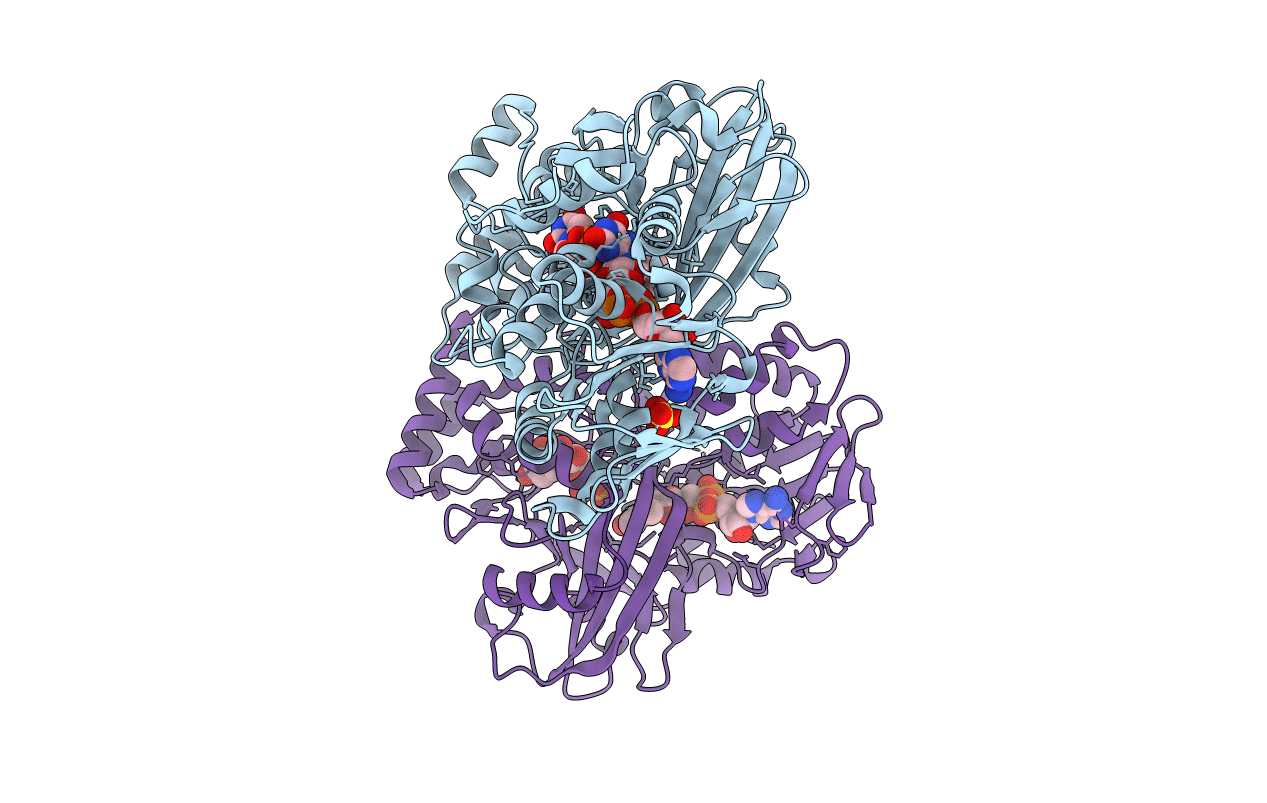
Deposition Date
2012-02-18
Release Date
2012-06-13
Last Version Date
2024-11-20
Method Details:
Experimental Method:
Resolution:
2.25 Å
R-Value Free:
0.21
R-Value Work:
0.18
R-Value Observed:
0.18
Space Group:
P 65 2 2


